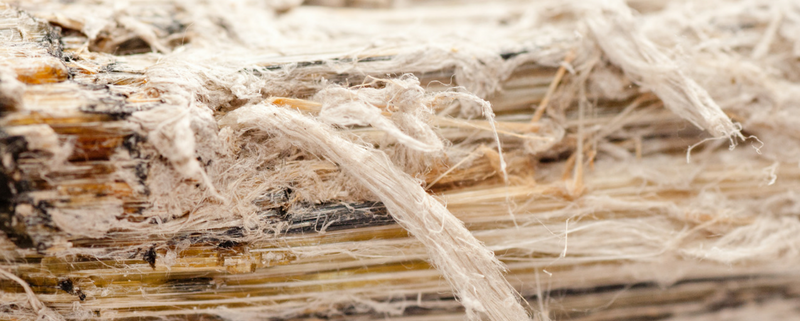Keeping an eye out for asbestos
Asbestos. We’ve all been told how bad it is for us, but what actually is it? Found in many building materials used until the late eighties, it’s a mineral that can be hazardous to your health if incorrectly managed.
Though it has many applications, these health risks meant that its use in homes has been heavily regulated in New Zealand from 1978. So although most modern houses should be asbestos-free, it’s very likely that any house built before the regulation (and for some time afterwards) will include asbestos within the materials.
This doesn’t mean that older houses are bad investments or medical emergencies waiting to happen – it just means that you have to be wary of the risks involved.
Asbestos can be relatively safe if the materials supporting it are left undisturbed. Health issues are usually caused when the fibres are inhaled, and this happens only under certain circumstances, such as during a renovation. As symptoms of inhalation only show up in the long term, it can be almost impossible to know if you’re putting yourself at risk unless you consult building inspectors or other experts.
Red flags to look for
Though any house built prior to the eighties might have asbestos within, as long as the materials containing the asbestos are in a secure condition you don’t need to be too concerned.
Any sort of physical trauma to materials can cause asbestos to be released. Flaky walls, damaged cement cladding, and loose insulation are all primary perpetrators. Renovating older houses can be especially challenging as the work carried out can often lead to the release of asbestos fibres. Even something as mild as children roughhousing and knocking into walls could cause issues, which is why it’s so important to be aware of any potential asbestos in your home.
If, during a building inspection, we find signs of asbestos, we will flag in the building inspection report that it could be a cause for concern in the property. However, it’s impossible to say for sure whether asbestos is present without lab testing a sample. It always pays to be wary.
The removal process
If you’re faced with the situation where these dangerous fibres could potentially be released into your home, then you’ll need to pay to have them removed – which is a fairly pricey endeavour. This is something worth thinking about when purchasing a house with the intention of fixing it up – you may be paying a cheaper price upfront, but costs will add up pretty quickly when you need to get professionals in.
Asbestos removal is not a simple task, which is why you’ll need to hire competent removers to do the work for you. Many builders may claim to know the removal process, but they are just as likely to try scraping it off your walls – a big mistake. Although initially a building foundations company, the team at Conqra are heavily experienced in asbestos removal and The Property Inspectors recommend them for any asbestos-related issues.
Older houses can be very attractive investments for a number of reasons, however there can also be a number of pitfalls potential buyers can find themselves in. It’s important to consider the implications of purchasing a property that uses materials containing asbestos as the long-terms effects to your health and your pocket can be significant. Although there is nothing inherently wrong with purchasing an older house, if there’s been significant damage to the property or you’re thinking of renovating then you may run into trouble.
Signs of asbestos are just one of the many things we look for when conducting a building inspection – so get a free quote now to make sure you’re not going to have to deal with the consequences!









